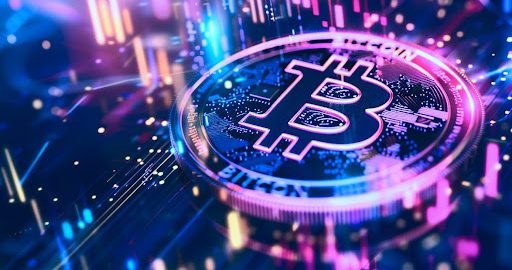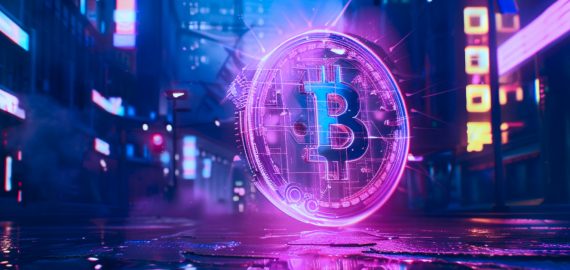Bitcoin Mining: A Beginner’s Guide to Mine BTC

In Brief
The process of mining bitcoins is resource-intensive and requires significant computing power
Mining is essential in the Bitcoin ecosystem, providing security and decentralization
This guidepost will discuss everything you need to start mining Bitcoin. We will cover hardware requirements, software requirements, and mining pools.
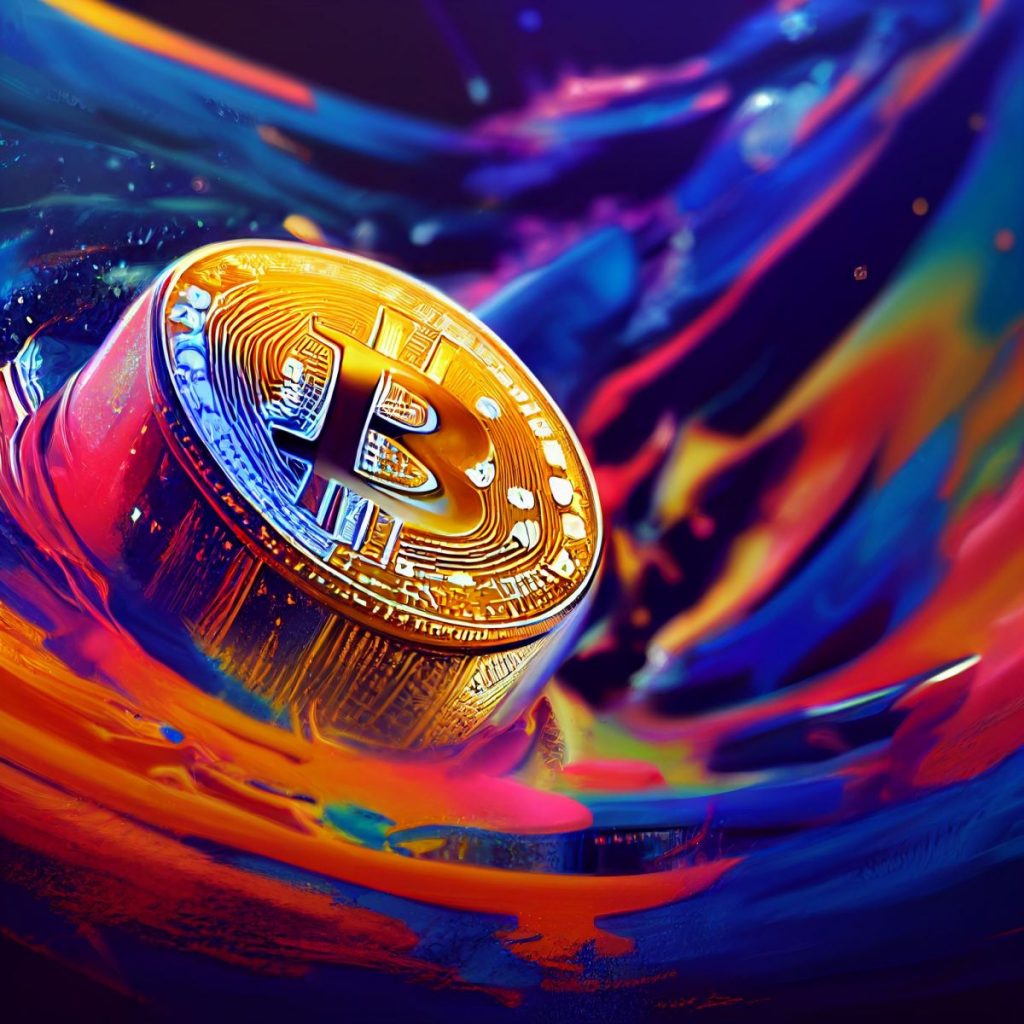
What is Bitcoin Mining?
Bitcoin mining is verifying and adding transaction records to the public ledger (known as the blockchain). The bitcoin network relies on miners to verify and validate transactions to ensure the system remains secure and trustworthy. Miners are rewarded with newly created bitcoins (or fractions thereof) and transaction fees for their work in maintaining the network.
To be eligible for mining rewards, participants must dedicate significant computing power to solving complex mathematical problems (i.e., proof of work). The difficulty of these problems is adjusted dynamically so that, on average, a new block is added to the blockchain every ten minutes. This process of “mining” new bitcoins serves two important purposes: it adds transaction records to the blockchain, and it releases new bitcoins into circulation.

Since its inception in 2009, bitcoin has been mined on various devices, from simple personal computers to powerful specialized rigs. The race to add new blocks has led to the development of specialized hardware (e.g., application specific integrated circuits, or ASICs) that can mine much faster and more efficiently than general-purpose devices. Today, most mining occurs in large “pools,” where many miners work together to increase their chances of receiving rewards.
As more people understand and use bitcoin, the demand for transaction verification will continue to grow. This could lead to an increase in the price of bitcoin, as miners are rewarded for their work with newly created bitcoins and transaction fees.
The process of mining bitcoins is resource-intensive and requires significant computing power. As a result, it has become increasingly specialized, and large-scale mining operations have cropped up to take advantage of economies of scale. These operations often utilize specialized hardware (e.g., ASICs) and draw a lot of electricity, which can be expensive.
How to Mine Bitcoin?
There are two main ways to mine Bitcoin: with your hardware or a cloud mining service.
Personal hardware can be expensive and may not always be powerful enough to mine Bitcoin profitably. Cloud mining services allow you to rent other people’s hardware and receive a portion of the mined Bitcoin. This can be a more affordable option, but you should know several risks associated with cloud mining before getting started.
There are two main types of miners: ASICs and GPUs. They are very powerful and efficient but come with a hefty price tag. GPUs (Graphics Processing Units) are typically used for gaming or graphic design but can also be used for mining Bitcoin.
If you’re interested in mining Bitcoin with your hardware, you must ensure that you have the right equipment. You’ll need to download and install software that will allow you to connect to a mining pool.
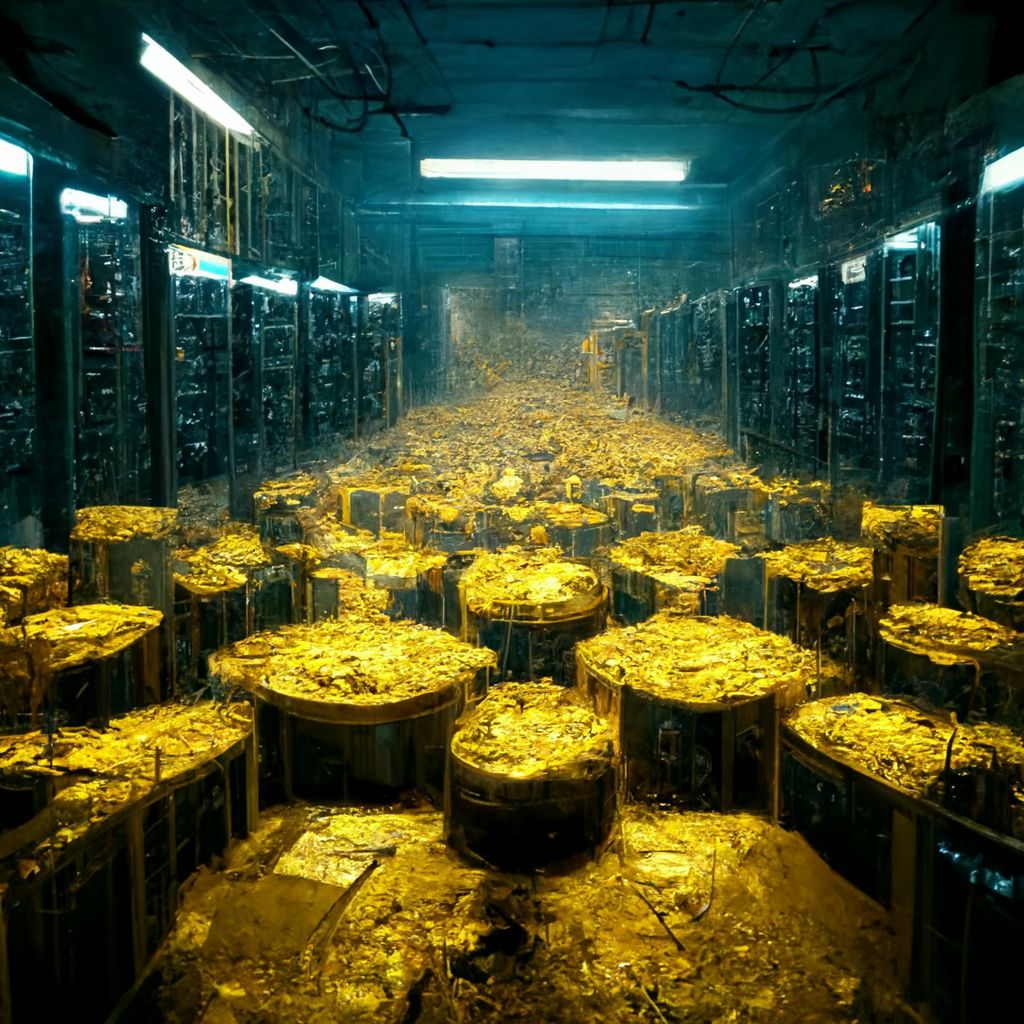
Cloud mining services allow you to rent other people’s hardware and receive a portion of the mined Bitcoin. This can be a more affordable option, but you should be aware of several risks associated with cloud mining before getting started.
One of the most significant risks for cloud mining is that the service may suddenly shut down or go bankrupt. Another risk is that the service may not pay the full amount of Bitcoin you’ve mined. This could happen if the price of Bitcoin falls or the service doesn’t have enough money to pay its users.
Before you start mining Bitcoin, it’s important to do your research and understand the risks involved. Make sure you know how much you’re willing to risk and how much you hope to earn. Once you’ve decided, you can choose a personal hardware miner or cloud mining service. Understand the risks and be aware of the potential rewards.
How Does Bitcoin Mining Work?
Mining is essential in the Bitcoin ecosystem, providing security and decentralization. Miners are rewarded with newly minted bitcoins for validating transactions and committing them to the blockchain. But how does mining work?
The process of mining bitcoins is actually quite simple. All miners have to do is verify transactions and commit them to the blockchain, and in return, they are rewarded with newly minted bitcoins.
In order to encourage miners to keep verifying transactions, the rewards must equal or exceed the cost of electricity and hardware. The block reward is 12.5 BTC, which gives miners a strong incentive to keep contributing to the network.

Of course, as more people start mining, the difficulty of finding new blocks increases, and the block rewards become smaller. This is why it is important to have a strong incentive to keep mining even as the rewards decrease. Otherwise, miners may be tempted to abandon the network, leading to centralization.
The Bitcoin protocol regulates the difficulty of mining to avoid centralization every 2016 blocks, or around two weeks. This ensures that miners are incentivized to stay on the network, even as the rewards become smaller.
Not all miners will be rewarded with new bitcoins, and the rewards are not necessarily evenly distributed. However, the more miners there are, the more secure the network and the better decentralized it becomes.
So, in short, mining is essential to the Bitcoin ecosystem because it provides security and decentralization. Miners are rewarded with newly minted bitcoins for validating transactions and committing them to the blockchain.
What You Need to Mine Bitcoin
Bitcoin mining is a process that allows Bitcoin to be created and distributed through a decentralized network. To mine Bitcoin, you will need special hardware and software. This hardware includes a powerful computer with a lot of processing power and a specialized mining program.
To find the right software for your needs, you must do some research. Many options are available, so it is important to find the right software. Once you have found the right software, you must download it and install it on your computer. After installing it, you need to configure it properly to start mining Bitcoin.

The first thing you need to do is join a mining pool. This group of miners works together to increase their chances of finding new blocks. Once you have joined a pool, you can download the necessary software and start mining.
However, before you start mining, you must ensure that your computer is powerful. Otherwise, you may not be able to mine Bitcoin at all. You can use a program called “BitCoin Tester” to check if your computer is powerful enough. This program will test your computer’s processing power and tell you whether or not it is suitable for mining Bitcoin.
Once you have verified that your computer is powerful enough, you can start downloading the necessary software. There are two main types of software that you can use: graphical interface (GUI) miners and command line interface (CLI) miners. GUI miners are easier to use but require more resources from your computer. CLI miners are more difficult to use, but they are more efficient.
Once you have downloaded the necessary software, you need to install it. After installing it, you will need to launch the program and let it run in the background. The program will start mining Bitcoin as soon as it is launched and will continue until it stops or you terminate it.
To ensure the program is running properly, you can check its status by opening the “Activity Monitor.” If the program is not listed there, you can try to launch it manually by going to the “Applications” folder and double-clicking on the program.
Once the program runs, you can check its progress by looking at the “hash rate.” This is the number of hashes per second that the program can calculate. The higher the hash rate, the faster the program can mine Bitcoin.
If you want to ensure that the program is mining Bitcoin, you can use a service called “Block Explorer.” This service will show you all the blocks that have been mined so far and their respective sizes.
Why Mine Bitcoin?
Bitcoin mining is a process that helps secure the Bitcoin network and verify new Bitcoin transactions. Individuals and businesses can mine for bitcoins and then receive service rewards.
Mining is important because it ensures that all Bitcoin network users have a consensus on the current state of the blockchain and prevents double-spending. By verifying transactions and competing to add new blocks to the blockchain, miners help keep the network secure and running smoothly.

Mining can be an excellent option for people interested in earning Bitcoin rewards. It can be a fun and challenging way to earn cryptocurrency, and it can also be a profitable activity if done correctly. There are a few things to keep in mind when considering whether or not to start mining for bitcoins:
- The first thing to understand is that mining requires a lot of electricity. Mining is probably unsuitable if you are not prepared to pay for the high power costs, then mining is probably not suitable.
- Mining also requires specialized hardware. ASIC miners are purpose-built machines that are designed specifically for mining Bitcoin. Not all computers can run Bitcoin mining software and those that can not do so profitably.
- Finally, keep in mind that Bitcoin mining is a competitive process. To be successful, you will need to invest in the best hardware and join a good mining pool. With these things in mind, you can be well on your way to earning Bitcoin rewards through mining.
Types of Mining Hardware
There are three main types of Bitcoin mining hardware: ASICs, GPUs, and FPGAs.
ASIC miners
ASICs, or application-specific integrated circuits, are specialized hardware designed to do only one thing: mine Bitcoin. ASIC miners are much more efficient at mining than GPUs and FPGAs.
Pros:
Mining with an ASIC is the surest way to make money mining Bitcoin. You’ll need to invest upfront, though: a good ASIC miner can cost several thousand dollars, so you might want to consider whether you’re willing to make that investment.
Cons:
ASIC miners are not versatile like GPUs or FPGAs. They can only be used for mining and cannot be repurposed for other uses. Additionally, they tend to generate a lot of heat and noise, so they’re not the best option if you’re looking for a quiet or discreet miner.
GPU miners
GPU miners use the computing power of your GPU to mine Bitcoin. GPUs, or graphics processing units, are designed for gaming but can also be used for mining.
Pros:
GPU miners are more versatile than ASIC miners and can be used for other purposes than mining. Additionally, they are cheaper and generate less heat and noise than ASIC miners.
Cons:
GPU miners are not as efficient as ASIC miners and will likely never be able to match their hashrate. However, they are still a good option if you’re looking for a more versatile miner.
FPGA miners
FPGAs, or field-programmable gate arrays, are another type of mining hardware. FPGAs are different from GPUs and ASICs because they can be repurposed for other uses after they’ve been used for mining.
Pros:
Like GPUs, FPGAs are more versatile than ASIC miners and can be used for other purposes after mining. Additionally, FPGAs tend to be cheaper than ASICs and generate less heat.
Cons:
FPGA miners are not as efficient as ASIC miners and will likely never be able to match their hashrate. However, they are still a good option if you’re looking for a more versatile miner.
How to Choose Hardware for Bitcoin Mining?
When it comes to Bitcoin mining, there are three main types of hardware that you will need to consider: CPUs, GPUs, and ASICs.
While it is technically possible to mine for Bitcoins using your CPU or GPU, it is not recommended as it is not very profitable. ASICs are purpose-built devices designed specifically for mining Bitcoins, and they are usually much more efficient than either CPUs or GPUs.
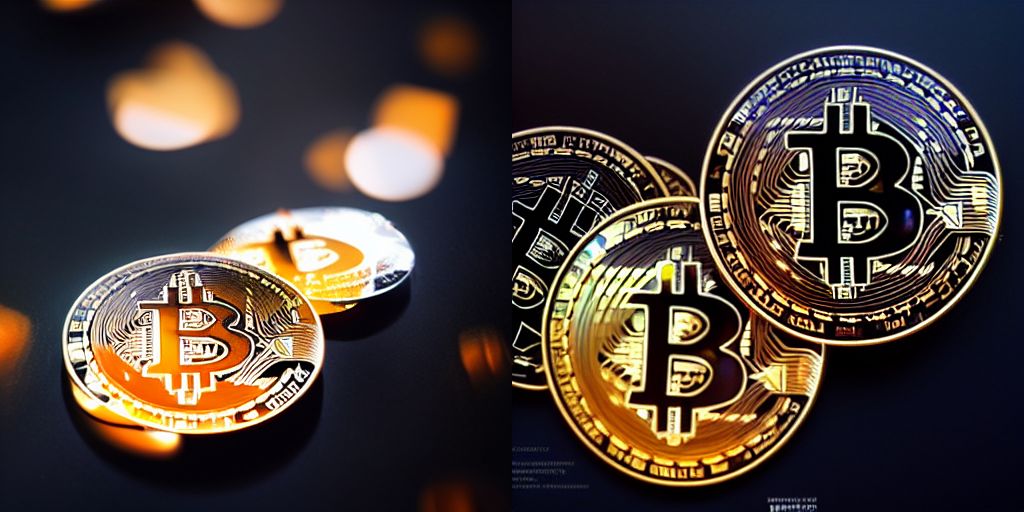
One important factor in choosing your Bitcoin mining hardware is the electricity cost. Since ASICs are usually quite power-hungry, you will want to ensure that you have access to cheap electricity to maximize your profits.
Another factor to consider is the price of the hardware itself. ASICs can be quite expensive, so you must ensure you get a good deal.
Finally, you will also need to consider the mining pool you will use. Some pools take a percentage of your profits as a fee, so you will want to ensure that you are joining a pool with low fees.
Finally, consider the electricity cost, the price of the hardware, and the mining pool fees before making your final decision.
You may find that one type of hardware is better suited for your needs than another. However, by taking all of these factors into consideration, you should be able to find the best hardware for your Bitcoin mining needs.
How Profitable is Bitcoin Mining?
This is a difficult question because so many variables are involved. The cost of electricity, the cost of mining hardware, and the difficulty of mining all affect profitability. In general, it is still possible to profit from Bitcoin mining if you have access to cheap electricity and good mining hardware. However, as the difficulty of mining increases and the price of Bitcoin decreases, it will become more and more difficult to make a profit from mining.

Another factor that affects profitability is whether you are solo or pool mining. Solo mining means that you are only mining with your resources, while pool mining allows you to join forces with other miners to increase your chances of finding a block and receiving a reward. Pool mining is usually more profitable than solo mining, but it also comes with a greater risk of not finding a block at all.
Ultimately, whether or not Bitcoin mining is profitable for you will depend on a variety of factors. However, if you have access to cheap electricity and good mining hardware, it is still possible to profit from mining.
Is Bitcoin Mining Legal?
This is a difficult question to answer, as the legal status of Bitcoin mining varies from country to country. In some places, it is perfectly legal to mine Bitcoin; in others, it is considered illegal. There are also grey areas between these two extremes.
In general, however, it seems that most countries take a permissive stance toward Bitcoin mining. This is likely because Bitcoin mining can provide significant economic benefits to a jurisdiction, so governments are reluctant to crack down on it.
There have been some instances of governments taking action against Bitcoin miners.
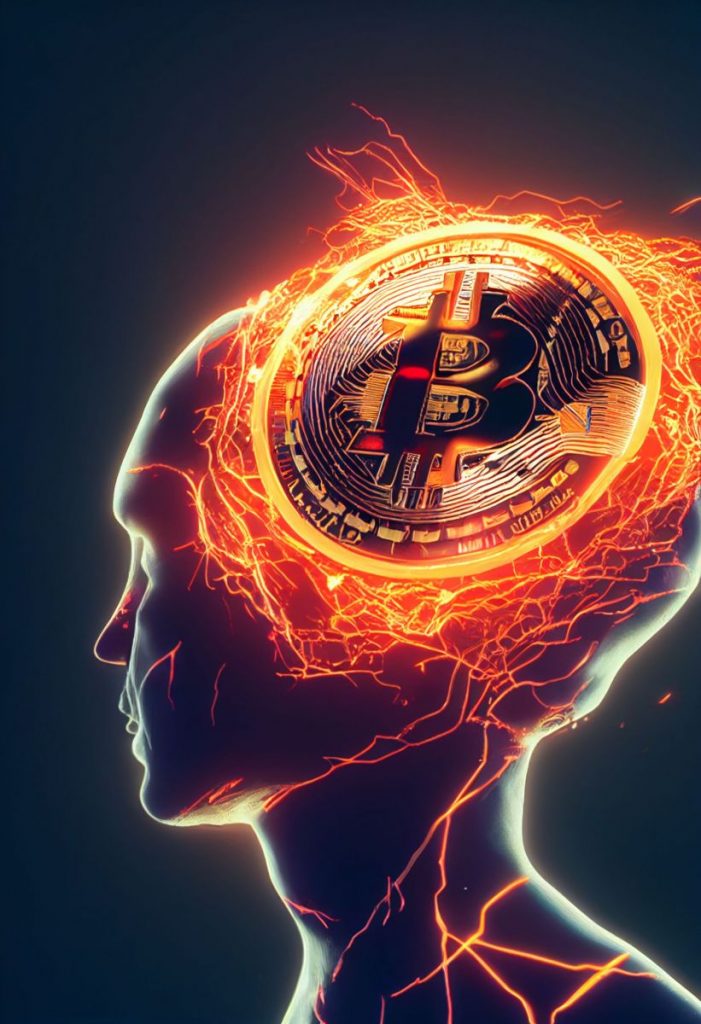
In China, Bitcoin mining is illegal due to the country’s ban on cryptocurrency. However, this ban is mainly unenforced, and many Chinese citizens still mine Bitcoin.
In India, Bitcoin mining is legal, but the government has placed strict regulations on the activity. For example, miners must obtain a license from the Reserve Bank of India (RBI) before operating.
Iran has also placed a ban on Bitcoin mining due to the country’s anti-money laundering laws. However, some Iranians have been able to skirt these laws by using Bitcoin mining software that is not detectable by the government.
Russia has not officially banned Bitcoin mining but has placed several restrictions on the activity. For example, miners must obtain a license from the Russian Federal Service for Financial Markets before operating.
Russia has not officially banned Bitcoin mining but has placed several restrictions on the activity. For example, miners must obtain a license from the Russian Federal Service for Financial Markets before operating.
These are a few examples of countries where Bitcoin mining is illegal or heavily restricted. It’s important to research the laws in your own country before engaging in any cryptocurrency-related activity.
FAQs
Bitcoin mining is a process that verifies and records Bitcoin blockchain transactions. Miners are rewarded with BTC for their work as they help to maintain the network by verifying and adding new transactions to the blockchain.
Mining helps secure Bitcoin in two ways: it confirms transactions, prevents fraud, and creates new bitcoins. Confirming transactions (mining) ensures that each transaction is valid and should be included in the blockchain.
MH/s and GH/s are units of measurement for mining speed. MH/s stands for megahashes per second, and GH/s stands for gigahashes per second. The higher the number, the faster the miner can mine Bitcoin or other cryptocurrencies.
A Bitcoin mining pool is a group of miners working together to mine Bitcoins. By working together in a pool, miners can share their resources and increase their chances of finding blocks. When a block is found, the miners in the pool split the reward evenly among all pool members.
A mining share is a unit of ownership in a Bitcoin mining pool. You are entitled to a portion of the pool’s rewards by owning a share. Shares are typically priced based on the expected return of the pool, so higher-performing pools will usually cost more per share.
Conclusion
Mining Bitcoin can be a great way to earn cryptocurrency while providing a valuable service to the global network of users. However, it’s important to remember that mining is a very technical process, and it requires a lot of expensive equipment.
Read related articles:
Disclaimer
In line with the Trust Project guidelines, please note that the information provided on this page is not intended to be and should not be interpreted as legal, tax, investment, financial, or any other form of advice. It is important to only invest what you can afford to lose and to seek independent financial advice if you have any doubts. For further information, we suggest referring to the terms and conditions as well as the help and support pages provided by the issuer or advertiser. MetaversePost is committed to accurate, unbiased reporting, but market conditions are subject to change without notice.
About The Author
Damir is the team leader, product manager, and editor at Metaverse Post, covering topics such as AI/ML, AGI, LLMs, Metaverse, and Web3-related fields. His articles attract a massive audience of over a million users every month. He appears to be an expert with 10 years of experience in SEO and digital marketing. Damir has been mentioned in Mashable, Wired, Cointelegraph, The New Yorker, Inside.com, Entrepreneur, BeInCrypto, and other publications. He travels between the UAE, Turkey, Russia, and the CIS as a digital nomad. Damir earned a bachelor's degree in physics, which he believes has given him the critical thinking skills needed to be successful in the ever-changing landscape of the internet.
More articles

Damir is the team leader, product manager, and editor at Metaverse Post, covering topics such as AI/ML, AGI, LLMs, Metaverse, and Web3-related fields. His articles attract a massive audience of over a million users every month. He appears to be an expert with 10 years of experience in SEO and digital marketing. Damir has been mentioned in Mashable, Wired, Cointelegraph, The New Yorker, Inside.com, Entrepreneur, BeInCrypto, and other publications. He travels between the UAE, Turkey, Russia, and the CIS as a digital nomad. Damir earned a bachelor's degree in physics, which he believes has given him the critical thinking skills needed to be successful in the ever-changing landscape of the internet.

















































